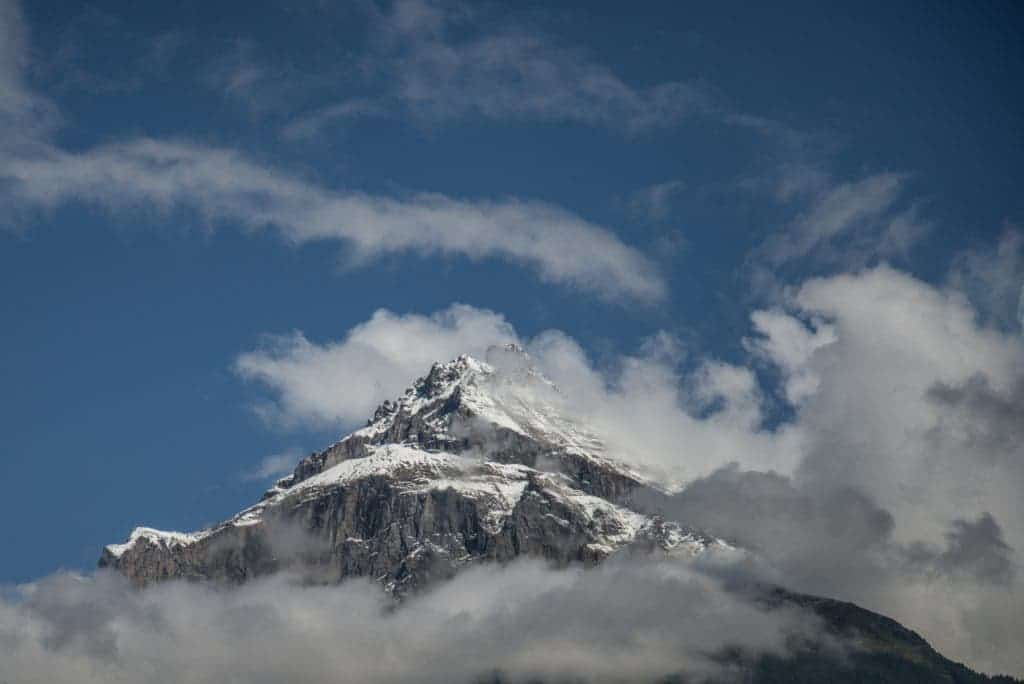Glacier ice is warmer than you’d expect — and that raises concerns regarding their ability to withstand future climate change.

Temperature measurements performed inside the world’s highest glacier — on the slopes of Mount Everest — reveals that these chunks of ice are more vulnerable to climate change than we believed. Not only is the ice warmer than expected, it’ actually warmer than the mean annual temperature at the site.
Warm ice
“The temperature range we measured from drill sites across the Khumbu Glacier was warmer than we expected — and hoped — to find,” says Dr. Duncan Quincey, paper co-author.
“Internal temperature has a significant impact on the complex dynamics of a glacier, including how it flows, how water drains through it and the volume of meltwater runoff – which makes up a crucial part of the water supply for millions of people in the Hindu Kush-Himalaya region.”
So what’s the big deal? Well, in short, warm ice is more vulnerable to climate change because it takes less of a nudge (in temperature) to send it melting. The study reports that minimum temperatures inside the Khumbu Glacier (Nepal) are only -3.3°C (26.6°F); even this minimum temperature is a full 2°C warmer than the mean annual temperature at the site.
The ice in the glacier is, quite literally, warmer than the air around it.
Data for the project was obtained during the 2017 EverDrill project, let by Dr. Qunincey. It was the first successful effort to drill into the Khumbu Glacier and record temperatures deep below the surface layer. Working at altitudes of up to 5 meters, the research team used a specially adapted car wash unit to produce a pressurised jet of hot water to drill boreholes up to 190 metres into the glacial ice.
The results suggest that even minor changes in atmospheric temperatures can have a significant effect on the integrity of high-elevation Himalayan glaciers — if not all glaciers. It raises concerns that high-elevation Himalayan glaciers are vulnerable to even minor atmospheric warming and will be especially sensitive to future climate warming. Study lead author Katie Miles from Aberystwyth University explained that the Khumbu Glacier’s vulnerability may have serious consequences for the quantity (and reliability) of meltwater runoff in the coming decades and it will be important to determine if other glaciers in the region have similar internal characteristics to Khumbu.
“Until now, the limited amount of data collected from glaciers in this region has made it difficult to predict how environmental change could affect the glaciers’ internal dynamics,” says Dr. Quincey.
“Insights from the EverDrill project can aid scientists in forecasting the impact of global warming and how long the region can rely on meltwater to feed downstream water supply.”
The paper “Direct isotopic evidence of biogenic methane production and efflux from beneath a temperate glacier” has been published in the journal Scientific Reports.
Was this helpful?



